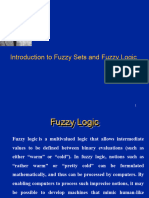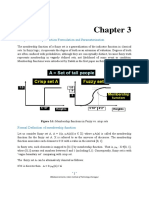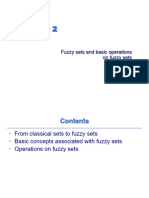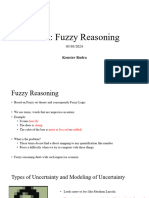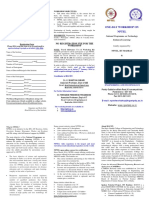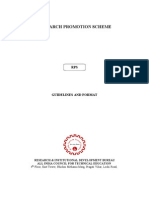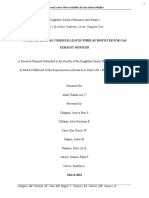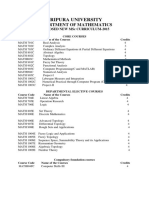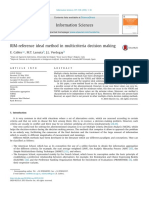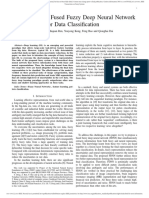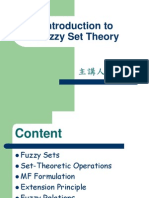0% found this document useful (0 votes)
33 views17 pagesUnit 1 Soft Computing
The document provides an overview of Neuro-Fuzzy and Soft Computing, highlighting the integration of neural networks and fuzzy logic for complex decision-making. It explains fuzzy sets, membership functions, and key terminologies essential for understanding fuzzy logic systems, including operations like union and intersection. Additionally, it covers fuzzy rules, reasoning processes, and different fuzzy inference systems such as Mamdani and Sugeno models, emphasizing their applications in uncertain environments.
Uploaded by
lakshmichinnu724Copyright
© © All Rights Reserved
We take content rights seriously. If you suspect this is your content, claim it here.
Available Formats
Download as DOCX, PDF, TXT or read online on Scribd
0% found this document useful (0 votes)
33 views17 pagesUnit 1 Soft Computing
The document provides an overview of Neuro-Fuzzy and Soft Computing, highlighting the integration of neural networks and fuzzy logic for complex decision-making. It explains fuzzy sets, membership functions, and key terminologies essential for understanding fuzzy logic systems, including operations like union and intersection. Additionally, it covers fuzzy rules, reasoning processes, and different fuzzy inference systems such as Mamdani and Sugeno models, emphasizing their applications in uncertain environments.
Uploaded by
lakshmichinnu724Copyright
© © All Rights Reserved
We take content rights seriously. If you suspect this is your content, claim it here.
Available Formats
Download as DOCX, PDF, TXT or read online on Scribd
/ 17



















